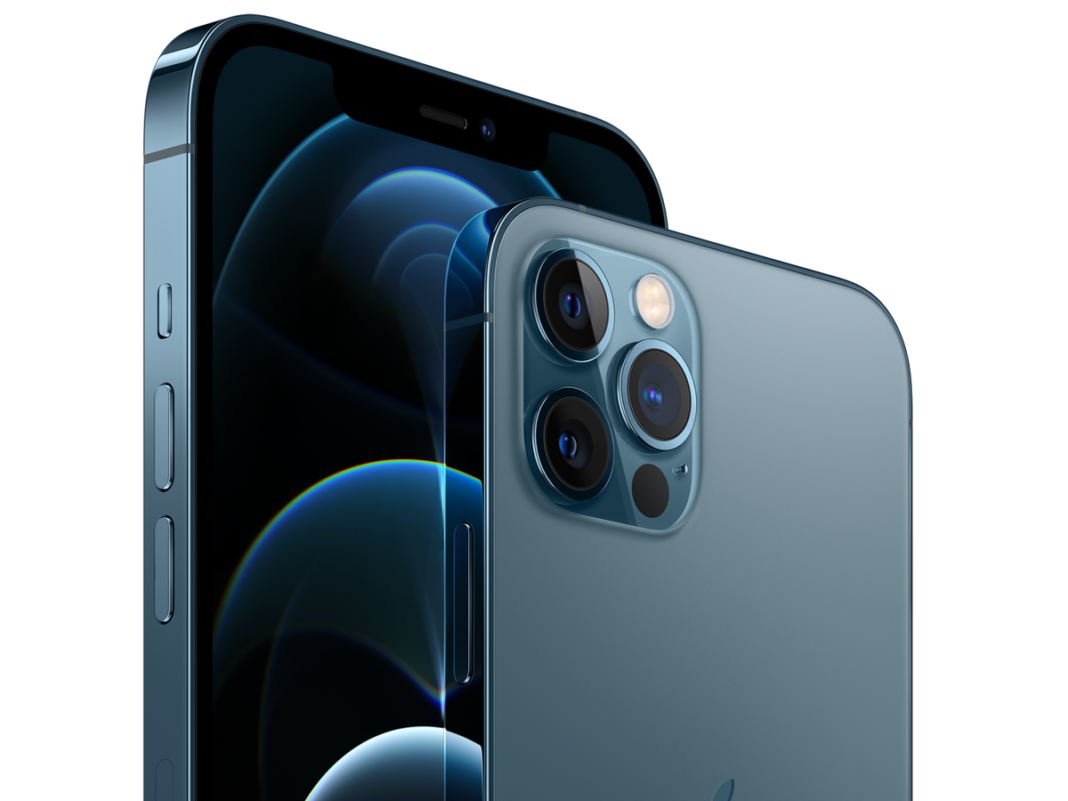The iPhone 13 series is rumoured to come with reverse wireless charging capability, allowing users to finally charge their AirPods with their iPhone.
Apple’s smartphones have supported wireless charging since 2017, when the company’s iPhone X and iPhone 8 and 8 Plus models were introduced. Since then, all of Apple’s iPhone models have supported wireless charging. While it was rumoured that Apple’s new MagSafe technology on the iPhone 12 series was capable of reverse charging, it appears that we could finally see the capability arrive on the upcoming iPhone 13 models.
Reverse charging is the ability of a device like a smartphone to charge other devices in turn, like wireless earbuds. The feature, which is supported by Android smartphone manufacturers like Samsung could soon arrive on the next generation of iPhones, according to a new video from EverythingApplePro and Max Weinbach, as reported by 9to5Mac. The feature could make use of the MagSafe wireless charging coil added on the iPhone 12 series.
According to Weinbach, it looks like the upcoming iPhone 13 models could come with a larger wireless charging coil essentially allowing for faster charging, something that MagSafe already improved over the iPhone 11, its predecessor, bringing the maximum charging speed up to 15W. According to a report by PhoneArena, it appears that the magnets on the iPhone 13 series could be getting larger in size as some users had complained that it wasn’t strong enough to hold attachments securely.
What we do know so far is that Apple’s iOS 15 is set to feature on the company’s upcoming iPhone 13 series, or the new iPhone 12s series, as some leakers have called it. The company is expected to launch these iPhone models with a new generation of smartphone chipsets, better battery capacities, higher refresh rates, and a smaller notch by moving the speaker grille to the top of the screen. However, we will only find out exactly what Apple has in store for this year when the company announces the next generation of iPhone models, which is expected to arrive in September.













![Hotstar Premium Cookies 2019 [*100% Working & Daily Updated*] Hotstar Premium Cookies 2019 [*100% Working & Daily Updated*]](https://tahav.com/wp-content/uploads/2019/11/Hotstar-Premium-Cookies-Free-100x70.jpg)



